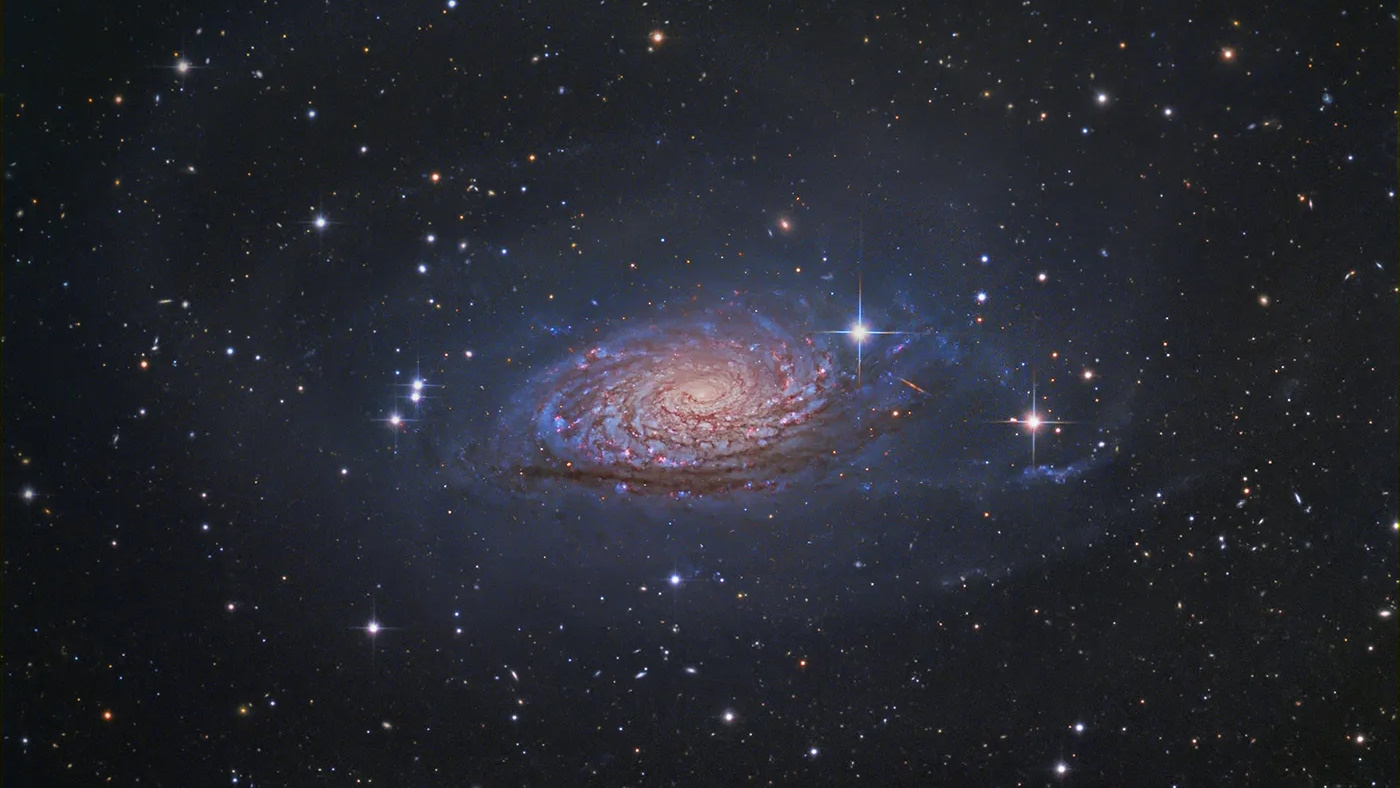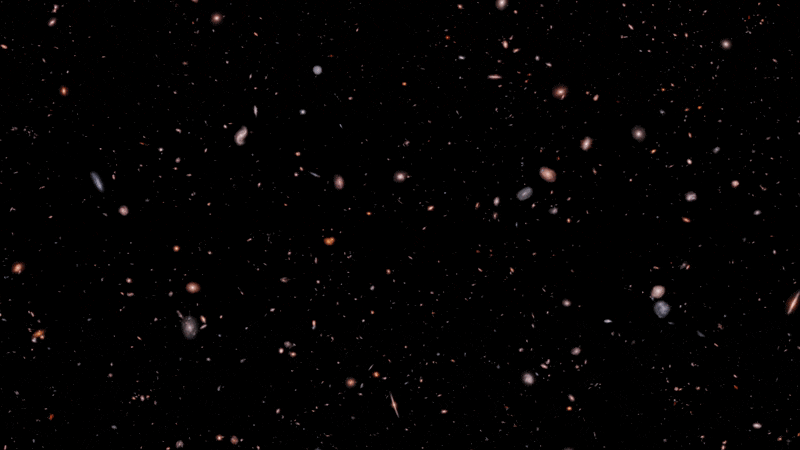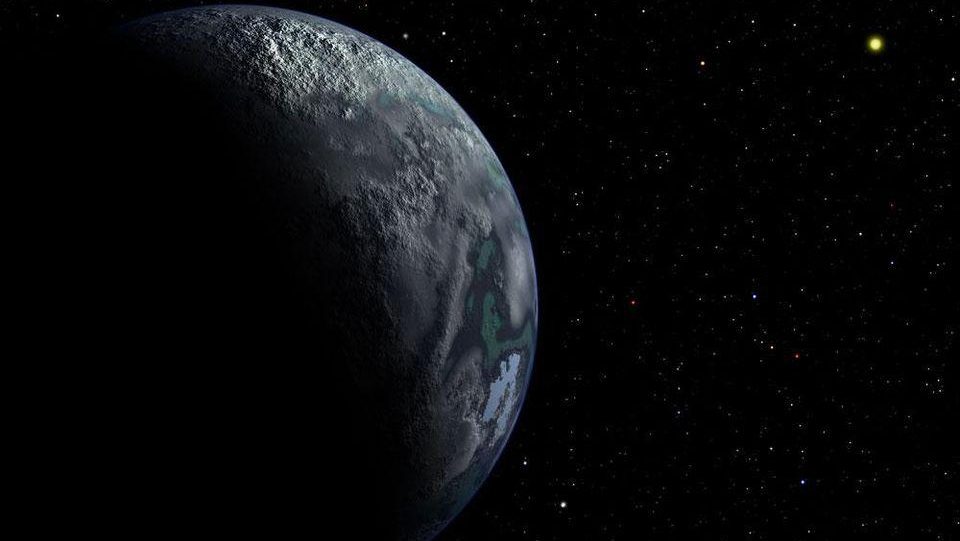What created more light: the Big Bang or stars?
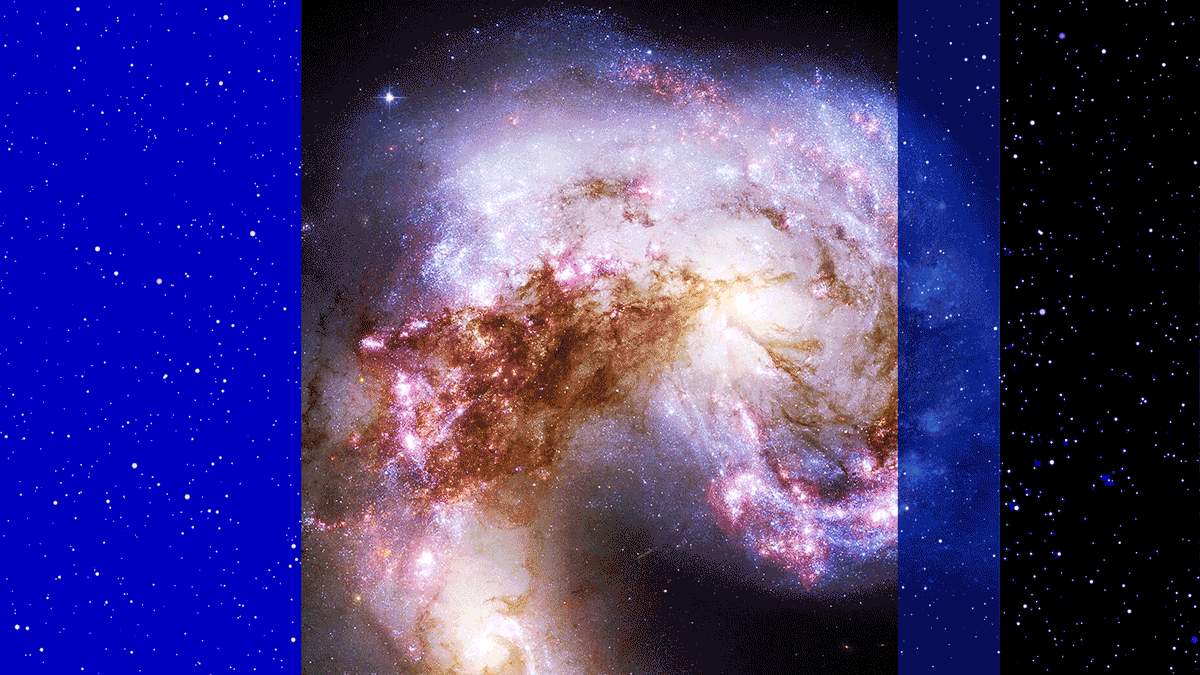
- When the Big Bang first occurred, this hot, dense, energetic state created an enormous number of particles and antiparticles, most of which annihilated away to eventually create photons and/or neutrinos.
- However, even though the total number of photons created by an individual star over its lifetime is much smaller than the number of photons made in the Big Bang, we’ve formed a tremendous number of them over our entire cosmic history.
- Can the number of photons made by stars, or the amount of energy in photons emitted by stars, ever match or approach the number made in the crucible of the Big Bang? Not quite, and here’s why.
Although time might seem to pass slowly in some instances, it’s important to remember that our Universe has been around for a long time. It’s been 13.8 billion years since the hot Big Bang, and our entire cosmos has evolved by quite a large amount over that duration. As of right now, our cosmic vision extends for some 46.1 billion light-years in all directions, revealing somewhere between an estimated 6 and 20 trillion galaxies in the process. Among the typical large galaxies, there’s an average of hundreds of billions of stars contained inside; although most galaxies are small and low in mass, this still adds up to a cumulative 2 × 1021 stars.
Inside them, each star is made of perhaps an average of around 1057 atoms. There’s a lot that’s happened in our Universe, but most of it — including the formation of most stars — is a part of our cosmic past, not our present or future. In fact, we can reconstruct the entire star-formation history of the Universe via a variety of methods, including by surveying the stars and galaxies found at all different epochs throughout cosmic history. One important piece of evidence that corroborates those estimates comes from the Fermi gamma-ray telescope, which in 2018 first measured the star-formation history of the entire Universe throughout all of cosmic time.
Fascinatingly, this type of measurement also empowers us to answer a longstanding question: what made more light, the Big Bang, or the cumulative amount of stars formed over cosmic history? The answer is the Big Bang, and it’s a wonderfully instructive story to find out how we know.
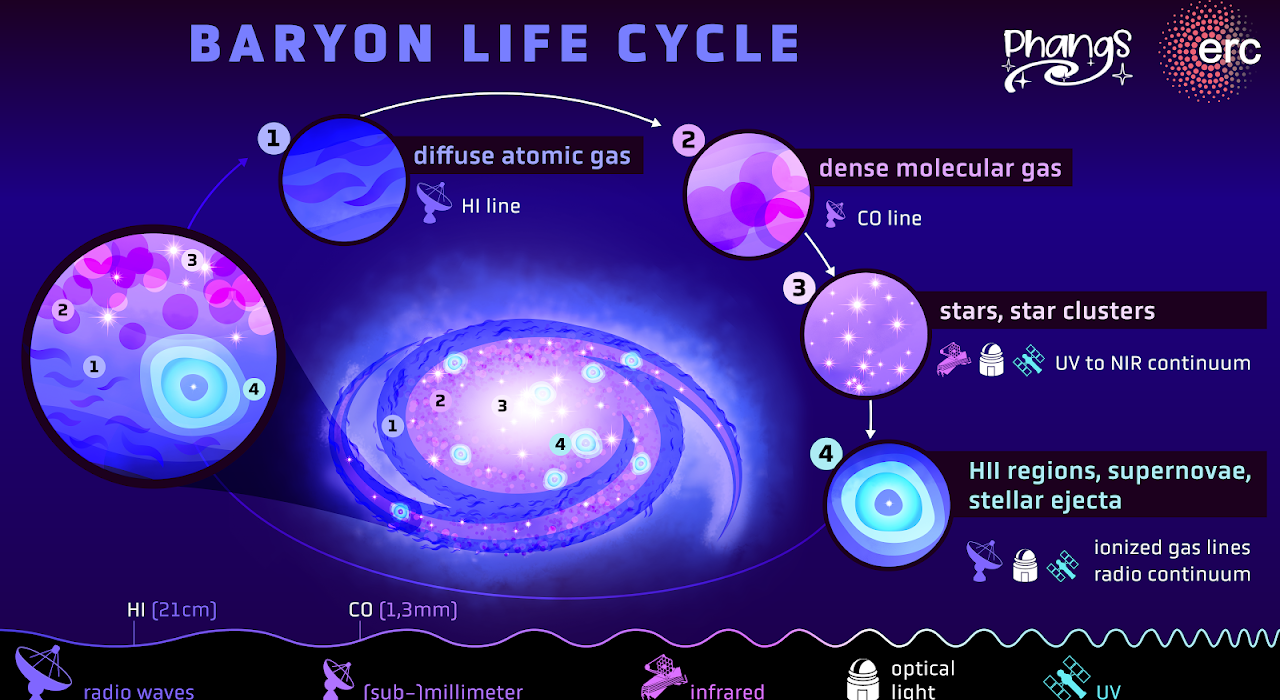
When you form stars, there are a number of important processes that happen sequentially.
- A molecular cloud of raw material, mostly hydrogen, will collapse under its own gravity.
- During collapse, the cloud will fragment, giving rise to star systems and clusters of stars in short order, with star birth officially coinciding with the ignition of nuclear fusion in the cores of those stars.
- Then, with so much high-energy (i.e., ultraviolet) radiation streaming out from these newborn stars, the molecules remaining in the surrounding cloud get ionized by that energetic radiation, stripping electrons off of their atoms.
- Once the surrounding circumstellar medium gets ionized, a special type of radiation begins to appear: emission lines, as radiation is emitted when electrons fall back onto the ionized atomic nuclei and cascade down the various energy levels.
- This starlight then travels through the Universe, including by streaming through intergalactic space, where they interact with all the atoms they encounter, resulting in additional absorption signatures imprinted onto that light.
- And, finally, that starlight has a finite, non-zero probability of interacting with gamma-rays, which are the highest energy photons, to produce a specific species of new particles: electron-positron pairs.
This isn’t the only set of things that happens, but it leads to the consequence that starlight, indirectly, can eventually give rise to electron-positron pairs.

This last point is of particular interest to anyone with a space-based gamma-ray telescope, because when positrons stream through space, they eventually collide with electrons, where they’ll re-annihilate. When they do, they produce photons of a very specific energy, 511 keV, which happens to be a telltale gamma-ray signature of their presence. Now, positrons aren’t the only source of gamma-rays in the Universe, and this poses a challenge for observational astronomers who work on high-energy signatures. For example, there are classes of objects in the Universe — such as active, supermassive black holes — that are very good emitters of extremely energetic particles, including gamma-rays.
With enormous event horizons and large, massive accretion disks surrounding them and infalling onto them as they feed, the material surrounding supermassive black holes, charged particles, generate tremendous magnetic fields as they rotate. These magnetic fields accelerate the charged particles, causing them to interact and emit radiation of extremely high energies. The brightest ones of all, as far as our viewpoint here on Earth is concerned, are the ones whose relativistic jets are pointed right at us. These objects are known as blazars, because they “blaze” down the line-of-sight right toward your eyes.
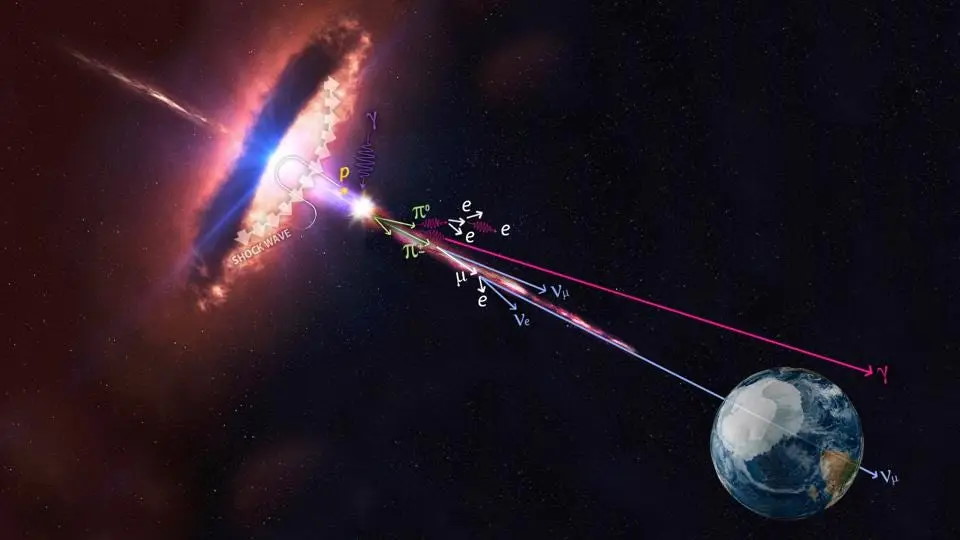
What do blazars have to do with understanding the total amount of starlight, cumulatively, that’s ever been produced in the Universe?
Hang in there; we’re going to get there. There are plenty of interesting features that are emitted from blazars, but in order for them to arrive at our eyes (or instruments), those signals also have to contend with the intervening matter that’s in the way. Whenever you look at anything in the distant Universe, you have to recognize that gas clouds exist, absorbing a fraction of the light; we can account for those by examining absorption lines. There are also galaxies and clusters of galaxies that often intervene; we can measure their brightnesses, densities, and other properties to calibrate each individual blazar we examine. Blazars are located all over the sky, where zodiacal effects from the Solar System and foreground effects from the Milky Way can affect what we see. And each individual blazar, at the source, will have properties of energy and flux that are intrinsically unique to it.
By doing the proper accounting of what exists in the Universe — at the source, along the line-of-sight, and right at the point where we received the light at long last — we can determine the source properties of the blazar we’re examining. That’s a lot of legwork, but in the end, the reward is worth it: we’ll have a well-calibrated starting point to work from.

Now, at last, we can take the fact that we have not just a gamma-ray telescope, but a gamma-ray telescope (Fermi) with all-sky coverage. There’s now a method for measuring all the starlight in the Universe, all put together. Here’s the way to do it.
- First, start by measuring and identifying all the blazars, all throughout the Universe, everywhere that they can be found.
- Then measure the redshift of each blazar, which can be known by measuring at least one absorption or emission line within it, so that you have a good proxy for the distance that it lies from you.
- Once you have that information, then this is where the gamma-rays come in: you measure the number of gamma-rays received by your gamma-ray telescope as a function of two key properties of each blazar, the blazar’s redshift and the blazar’s brightness.
- Remember that gamma-rays, when they collide with the cumulative amount of extragalactic, background starlight, have a certain (starlight-dependent) probability to produce electron-positron pairs.
- And then, at last, instead of looking for that characteristic energy signal of electron-positron annihilation, that 511 keV signal (redshifted from the expansion of the Universe by the time that Fermi sees it), instead use the gamma ray deficit from the source (because gamma rays are being converted into electron-positron pairs) to calculate how much background starlight must be present, as a function of redshift/distance, to account for the loss of gamma rays.
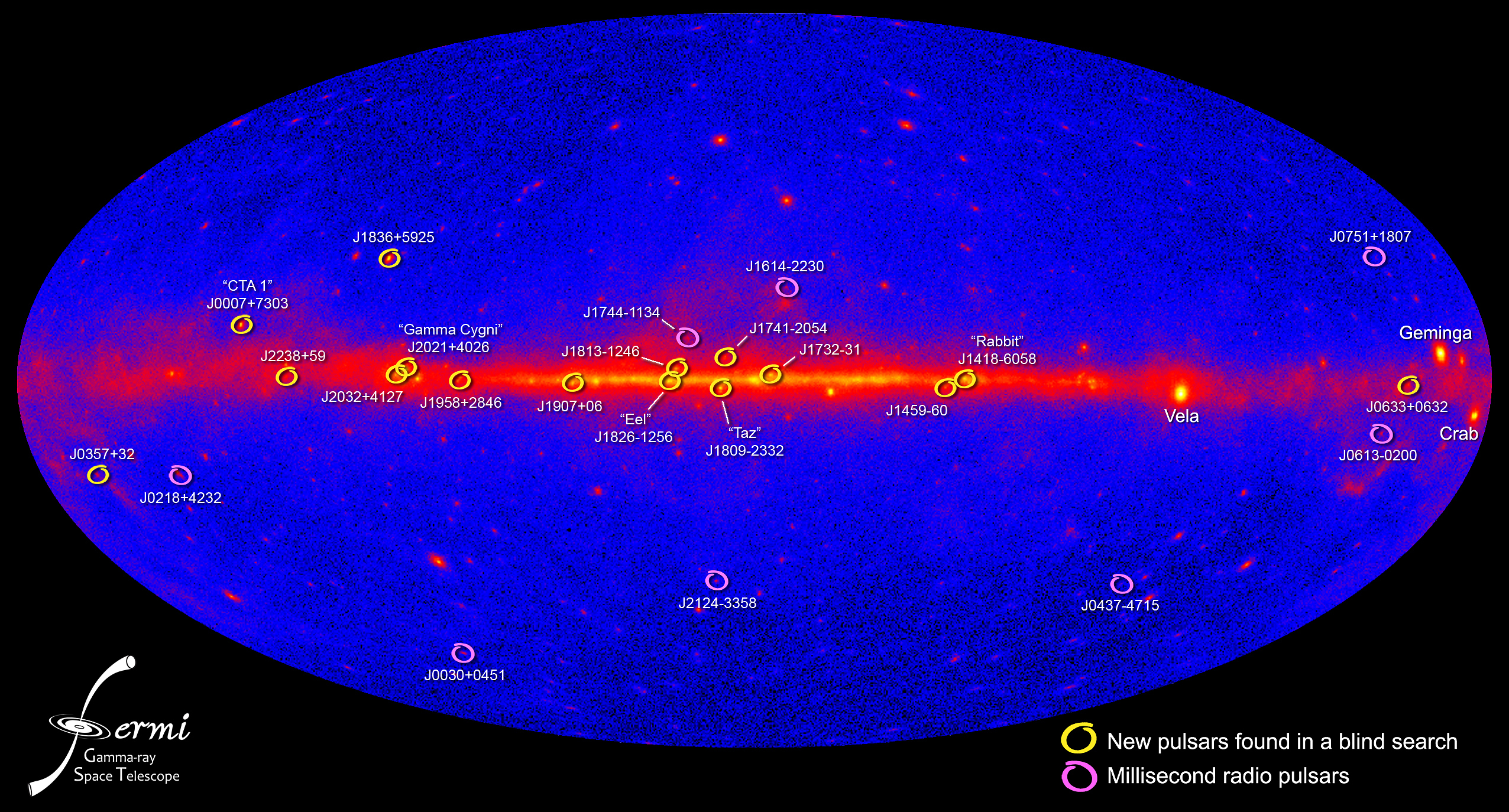
Only once the blazars have been properly calibrated, and found at a wide enough variety of distances and along a large enough numbers of lines-of-sight, can we estimate the total amount of starlight produced at each step throughout cosmic history.
This was something that, up until recently, we would’ve been unable to execute. But with the advent of NASA’s Fermi satellite, and in particular, the Fermi-LAT collaboration (where LAT is the Large Area Telescope instrument aboard Fermi), we were able to make these critical measurements, for the first time, for all of the known blazars that appear in the gamma-ray sky: all 739 of them. Blazars aren’t exactly nearby; the closest one that we know of is already more than 200 million light-years away, which means that its light that’s arriving now was emitted from it more than 200 million years ago. These objects are usually found at great distances, with the light from the most distant blazar included in their survey arriving after a journey of 11.6 billion years: from when the Universe was just 2.2 billion years old.
Because of how these Blazars are distributed in space and (lookback) time, we have one more piece of the puzzle to throw in there: to model when the Universe transitions from being opaque to transparent in gamma rays, which the Fermi-LAT team was able to do as part of this work.
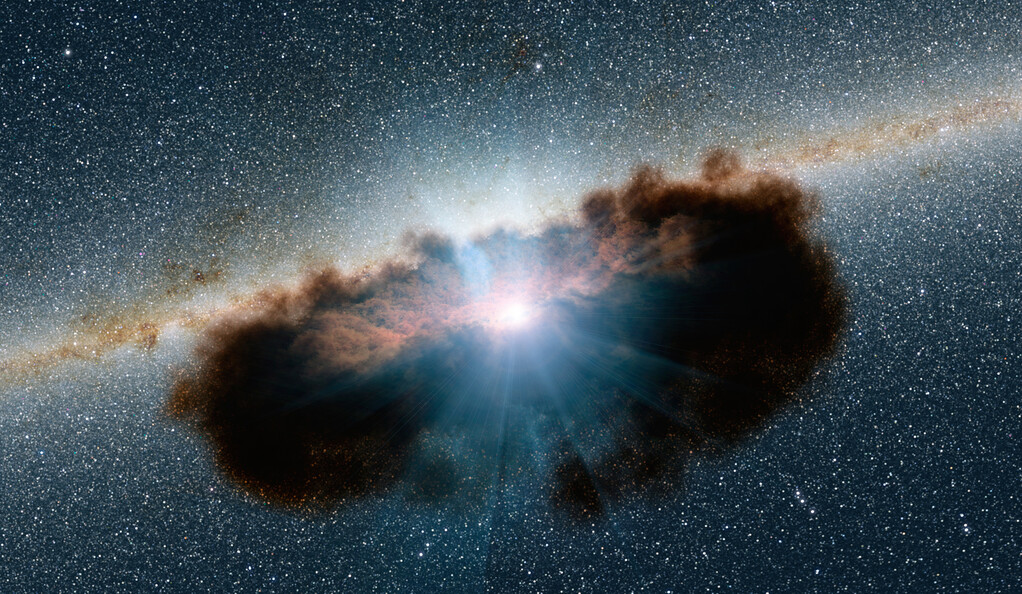
Previous work had been able to measure and/or estimate the cumulative amount of starlight directly: by charting out the star-formation history of the Universe through direct measurements of galaxies and their internal star-formation rates. However, it’s been a challenge to measure, precisely:
- exactly where and when star-formation peaks,
- how significantly star-formation has declined from its peak to the present day,
- and at what rate star-formation occurred in the lead-up to its peak, which arguably has the largest uncertainties.
That’s where the Fermi data comes in and plays such a critical role. Not only were the net results found by this key 2018 study in agreement, within the errors and uncertainties, with all previous studies, but they were vastly able to improve the precision to which we could know these parameters of the Universe’s history. The Universe had its star-formation rate peak when it was approximately 3 billion years old, and the star-formation rate has been declining ever since. Today, the modern star-formation rate sits at just 3% of that early, maximal rate, and the rate that we’re forming new stars in the Universe is still continuing to fall off over time.
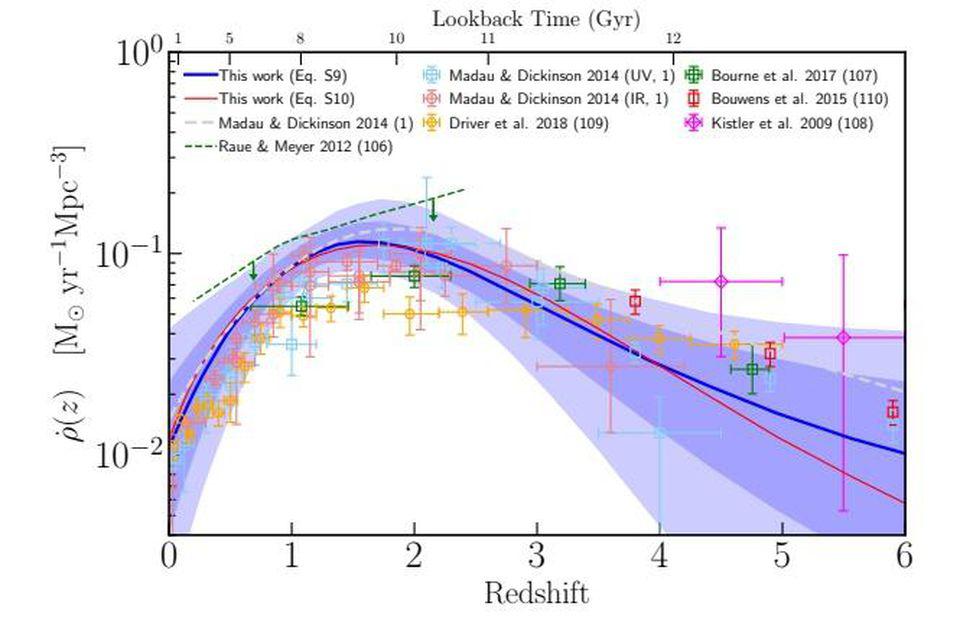
But one interesting and novel result to come out of this study really is revolutionary. According to the lead author of the Fermi-LAT study, Marco Ajello:
“From data collected by the Fermi telescope, we were able to measure the entire amount of starlight ever emitted. This has never been done before.”
That’s right: for the first time ever, we’ve been able to measure the entire amount of starlight emitted throughout the history of the Universe. This leads to an estimate for many other important parameters, including:
- the total number of stars that have been birthed throughout cosmic history,
- the number of stars that existed (or had been cumulatively formed) at any moment in our cosmic past,
- and the total number of photons that have been created, due to stars, since the onset of the hot Big Bang.
That last parameter is the key value we need to compare the total number of photons, or quanta of light, that were created by stars with the total number that were created in the aftermath of the hot Big Bang.
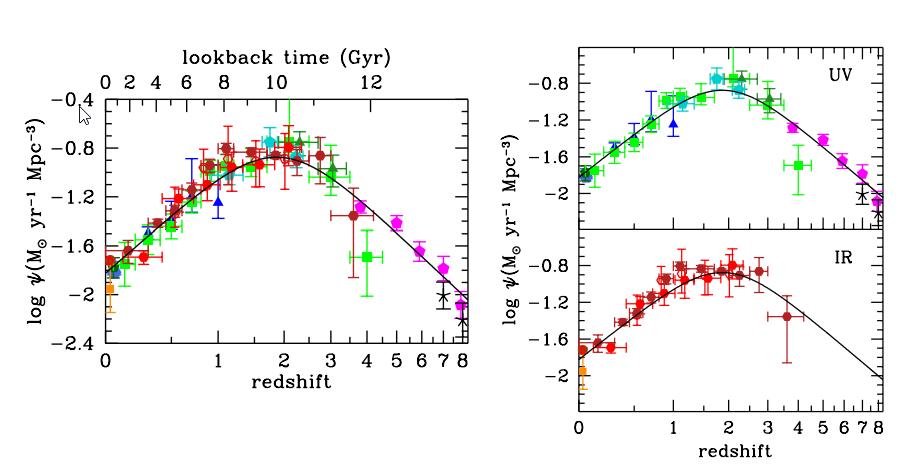
The key result, or the total amount of starlight that was created since the start of the hot Big Bang? It corresponds to a total of approximately 4 × 10⁸⁴ photons, which is an amazingly large number. Remember how we said, earlier, that there are around 1057 atoms in each star, and around 2 × 1021 stars in the entire Universe? It turns out that there are even more protons, neutrons, and electrons than what we find in stars, and that there are cumulatively around ~1080 of each of them within our observable Universe. Even so, even with all of those particles, that means the number of photons produced in the form of starlight within our Universe is literally thousands of times larger than all the protons, neutrons, and electrons present in our Universe combined.
How does that number, though, compare to all the photons that exist in the Universe as part of the leftover radiation from the Big Bang?
That answer comes most directly from measurement of the cosmic microwave background: the leftover glow from the Big Bang. Two of the key pieces of information that come from our observations of that are:
- the photon-to-baryon ratio, which the cosmic microwave background tells us is about 1.6 billion photons for every baryon (i.e., a proton or neutron) in our Universe,
- and from direct measurements of the photon number density itself, which comes out to 411 leftover Big Bang photons per cubic centimeter of space, at present.
If you put all of this information together, you find that the total number of photons that are left over from the Big Bang, within our observable Universe today, is approximately 1089-to-1090: hundreds of thousands times as many photons as stars have ever created!
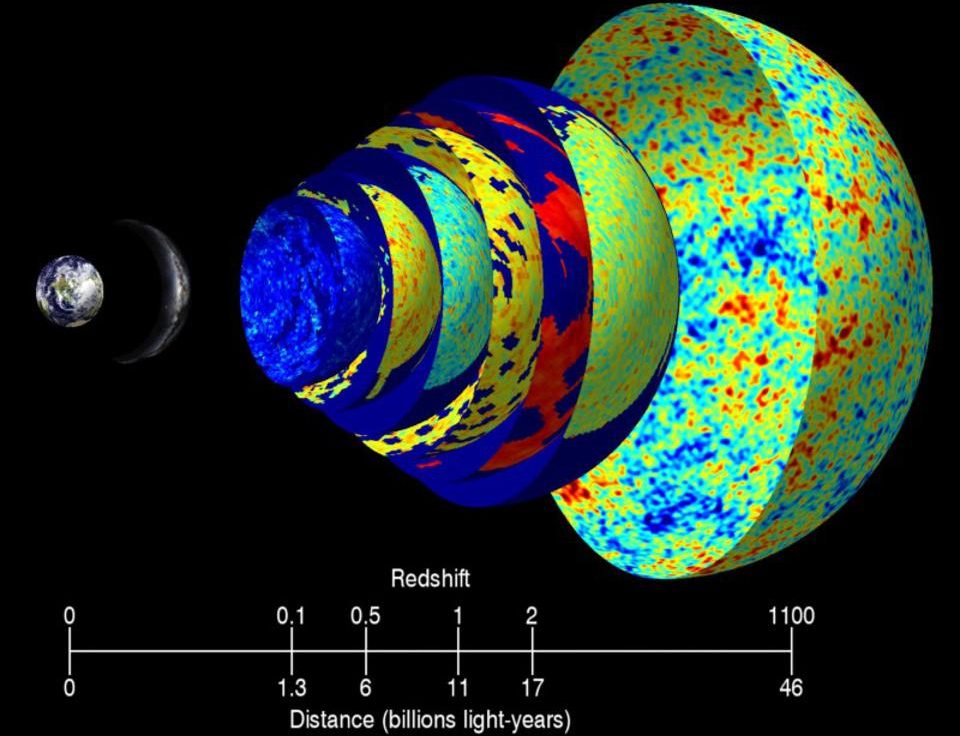
Still, it brings up a fascinating cosmic coincidence. The average energy of the photons that arise from starlight is much larger, today, than the amount of energy in a typical Big Bang photon that’s left over: by approximately a factor of 10,000 or so. As space continues to expand, the leftover glow from the Big Bang will continue to fade, as its wavelength will be stretched to greater and greater values. Meanwhile, new stars, even at a low rate, will continue to form, where they’ll continue to produce photons of the same energy that all stars produce today. Even though the number of starlight photons will never equal the number of Big Bang photons, it’s possible that the energy produced by all the stars, in terms of radiation, will someday approach and may even equal the amount of energy locked up in the form of photons from the Big Bang itself.
Now, with the advent of observatories that specialize in other wavelengths, like ALMA at radio wavelengths or JWST at infrared wavelengths, we’re beginning to probe star-formation at distances that are even greater and at times that are even earlier than what Fermi-LAT is capable of seeing. Star-formation, after all, is the process that turns the primordial elements from the Big Bang into the elements capable of giving rise to rocky planets, organic molecules, and life in the Universe. Even though the number of photons, and the amount of light, produced by stars is still just a tiny fraction of the amount of light produced in the Big Bang, the amount of energy in the form of starlight now almost equals the cumulative energy found in the form of leftover Big Bang photons. At long last, what was a decades-old scientific question has now been answered by definitive measurements.


